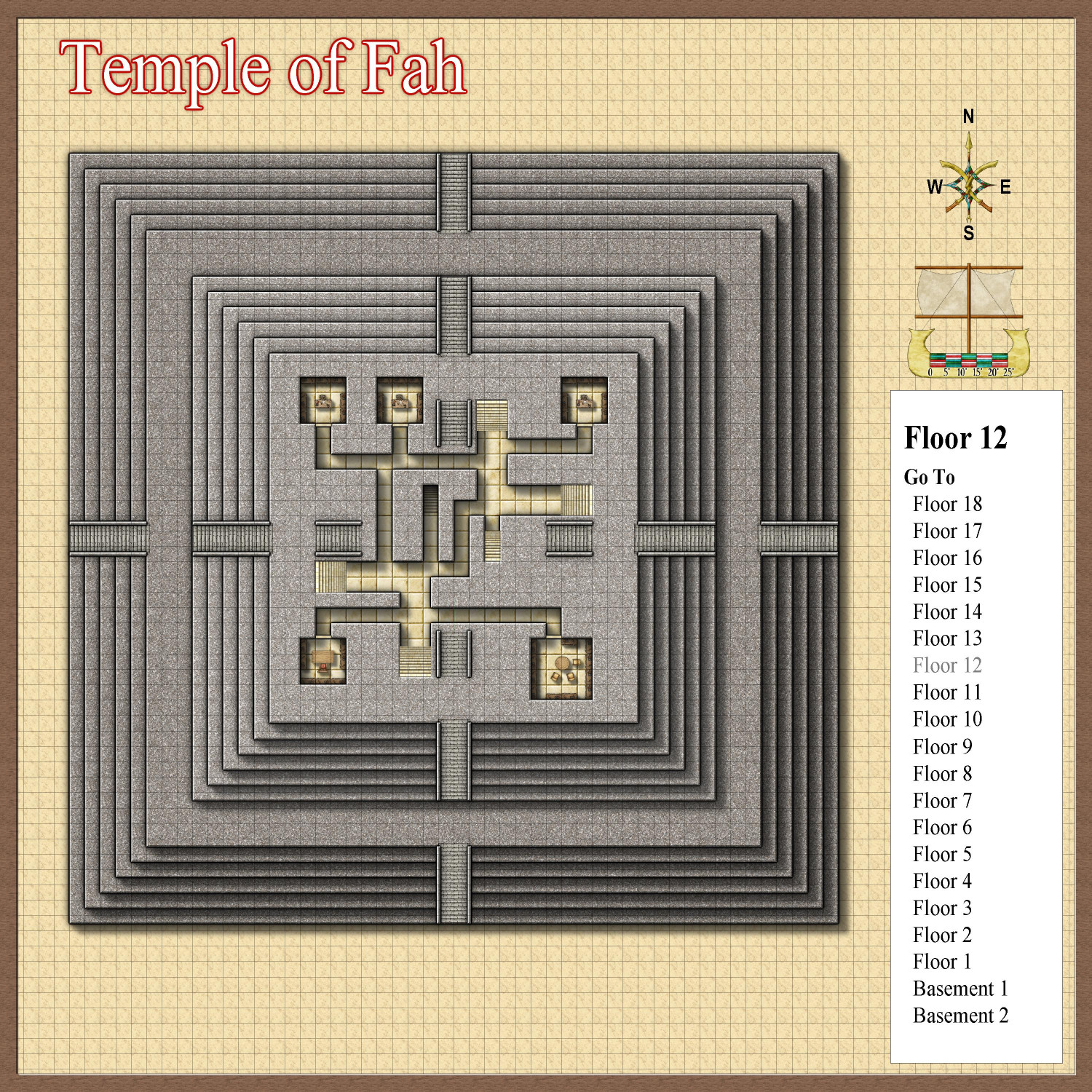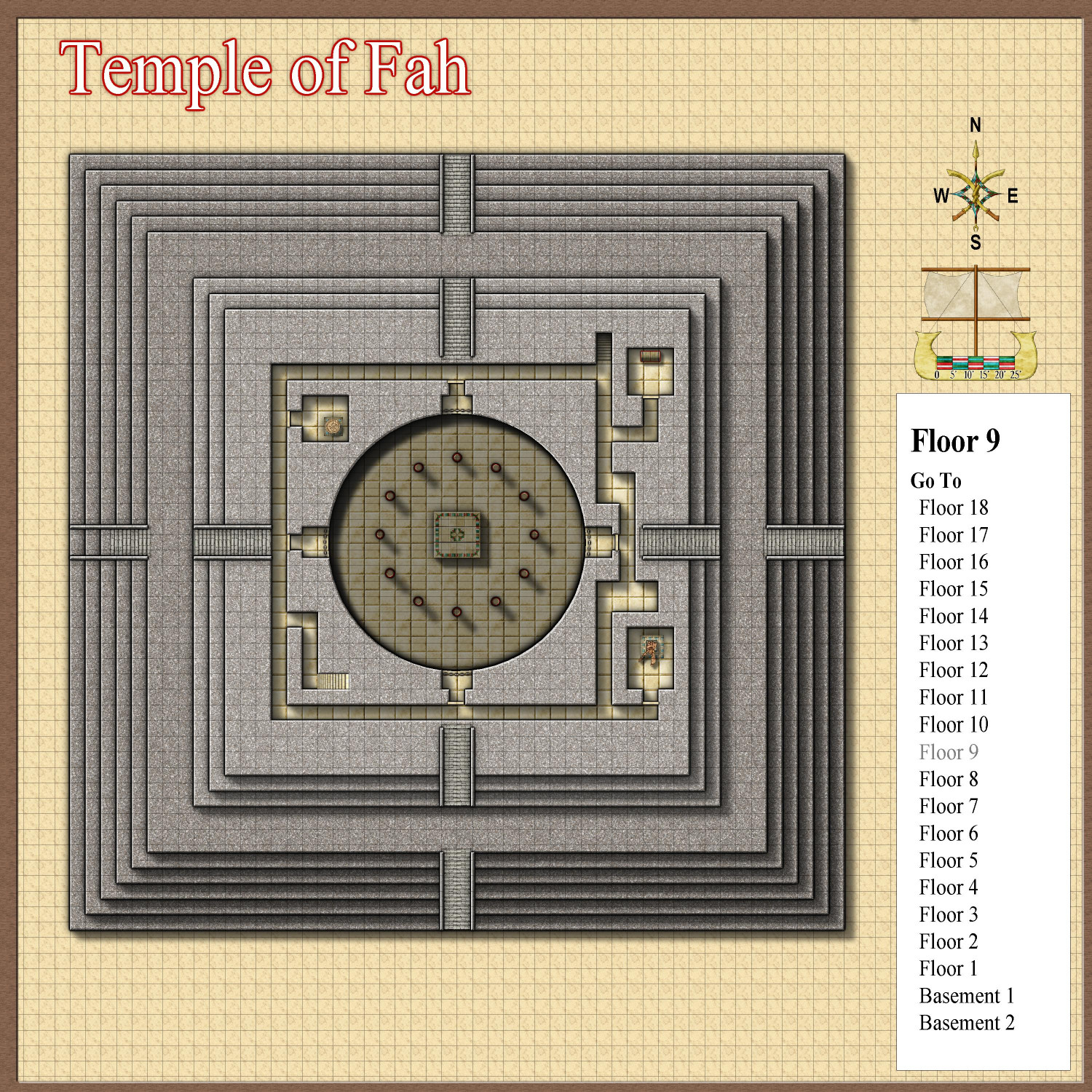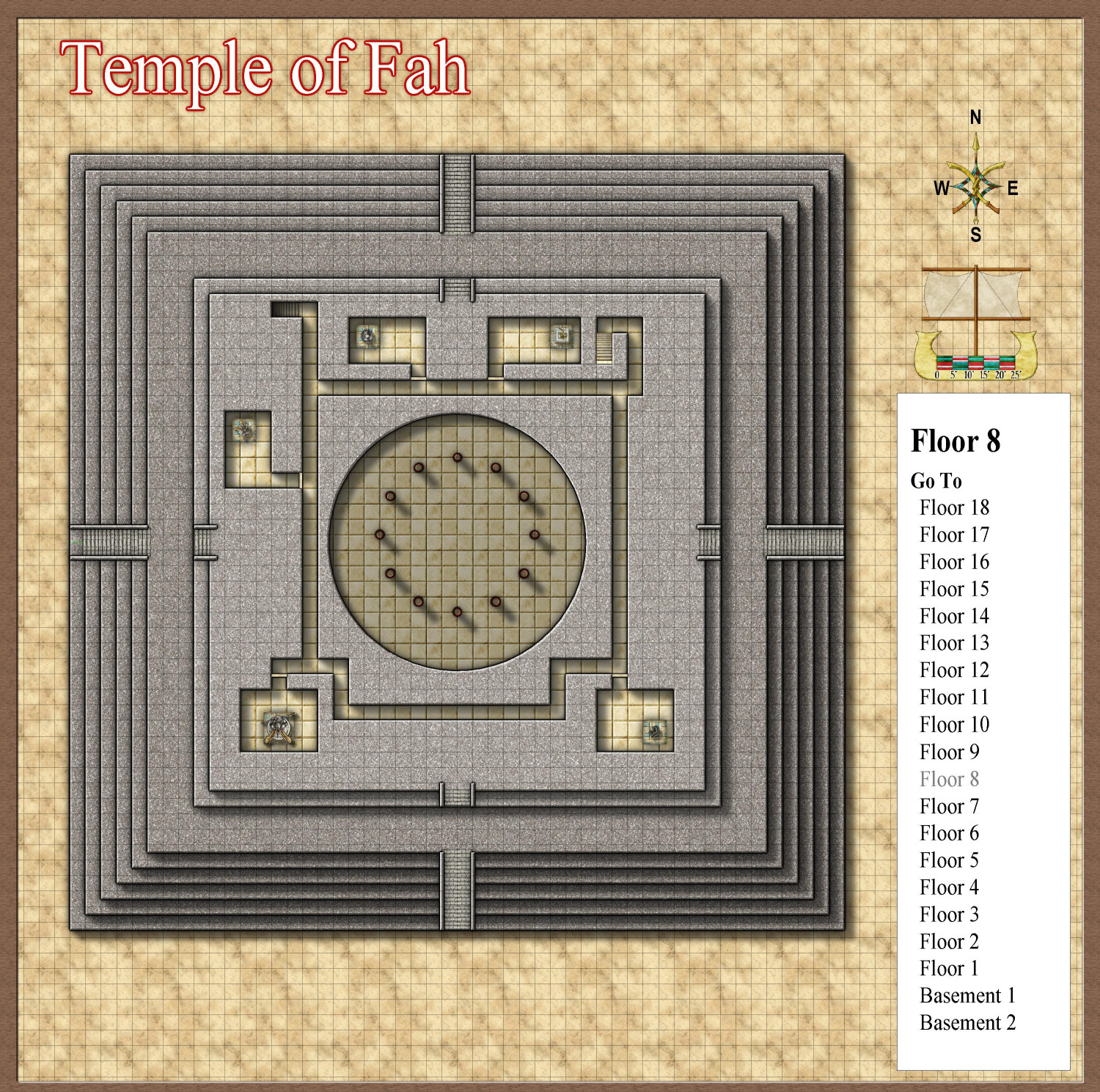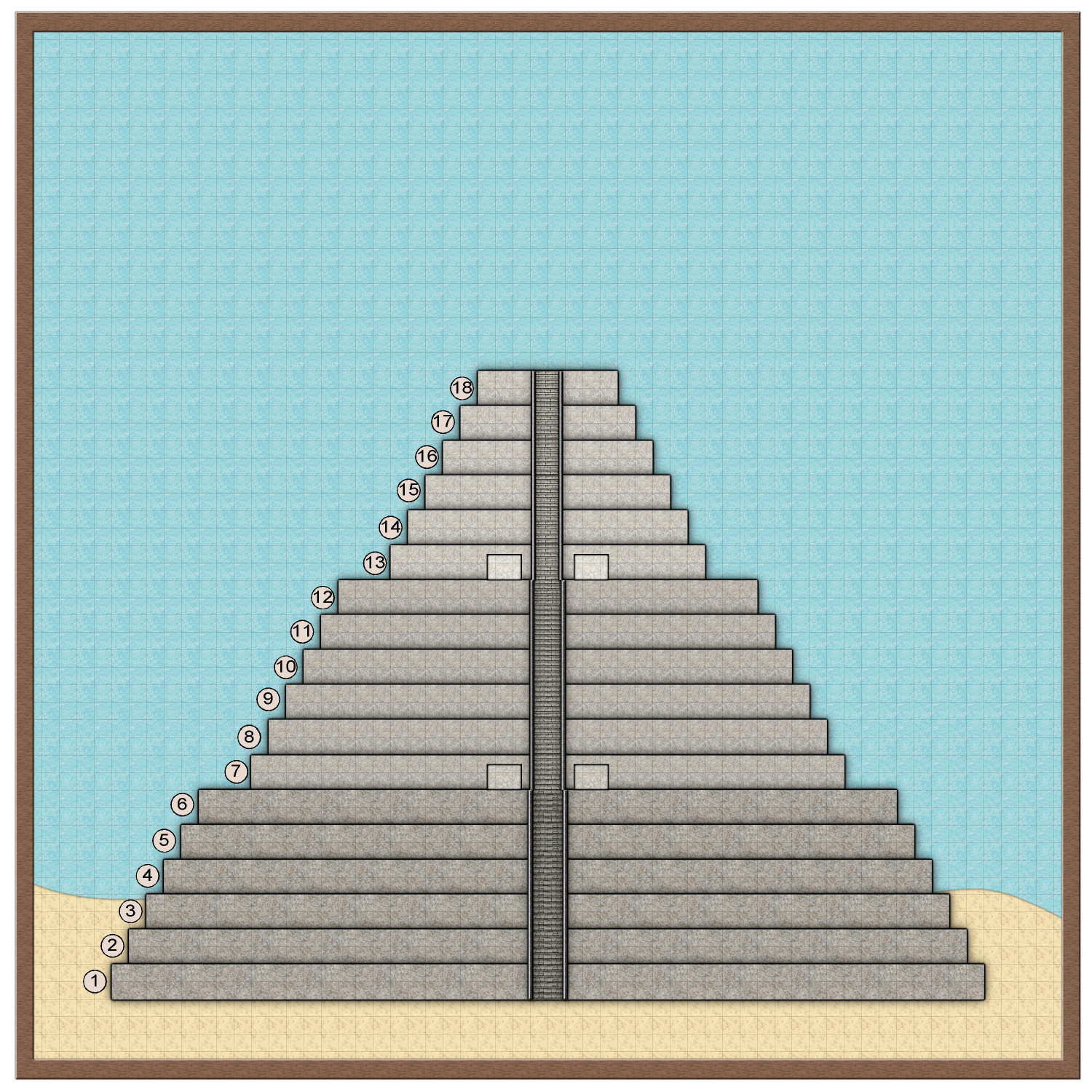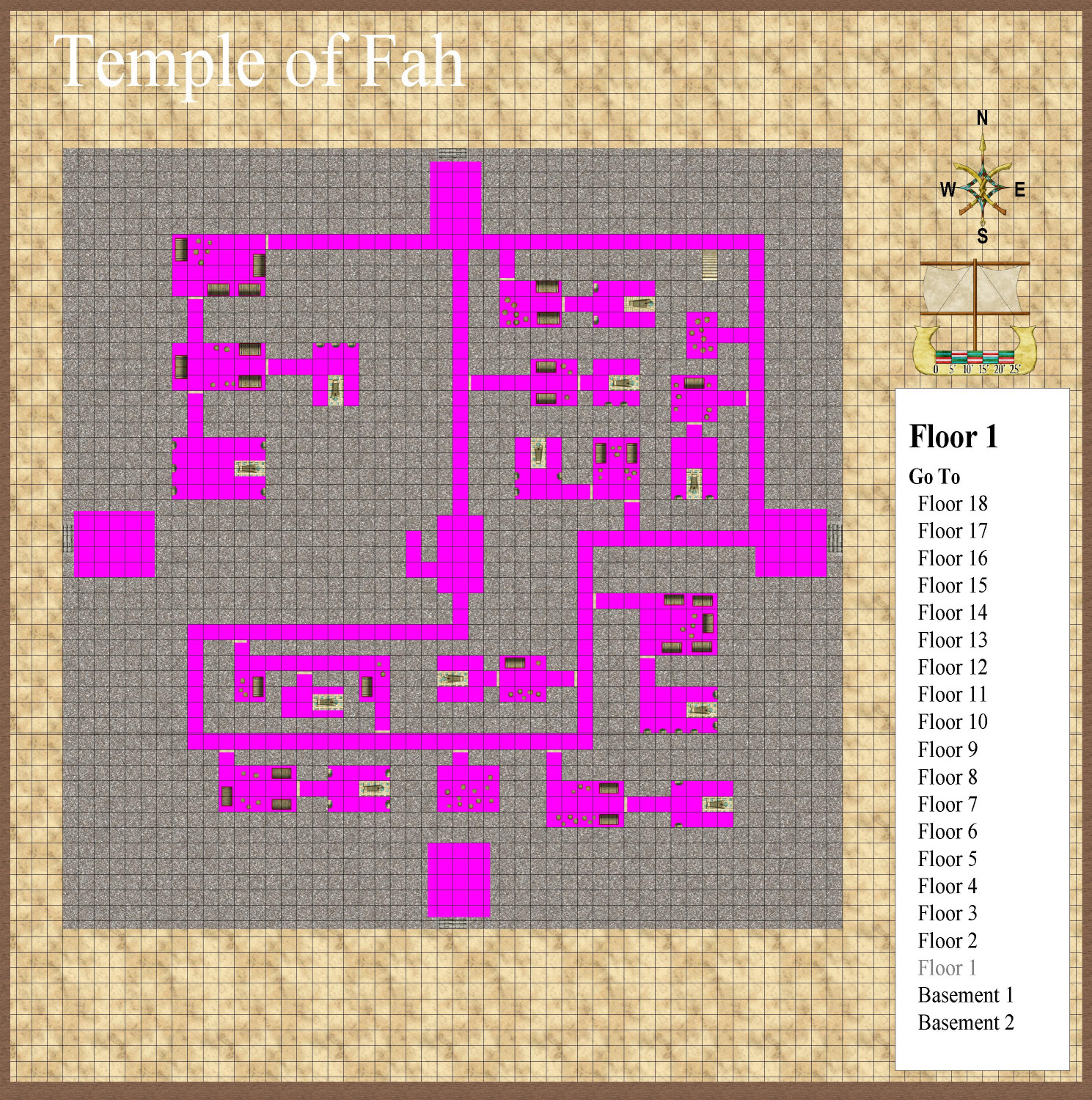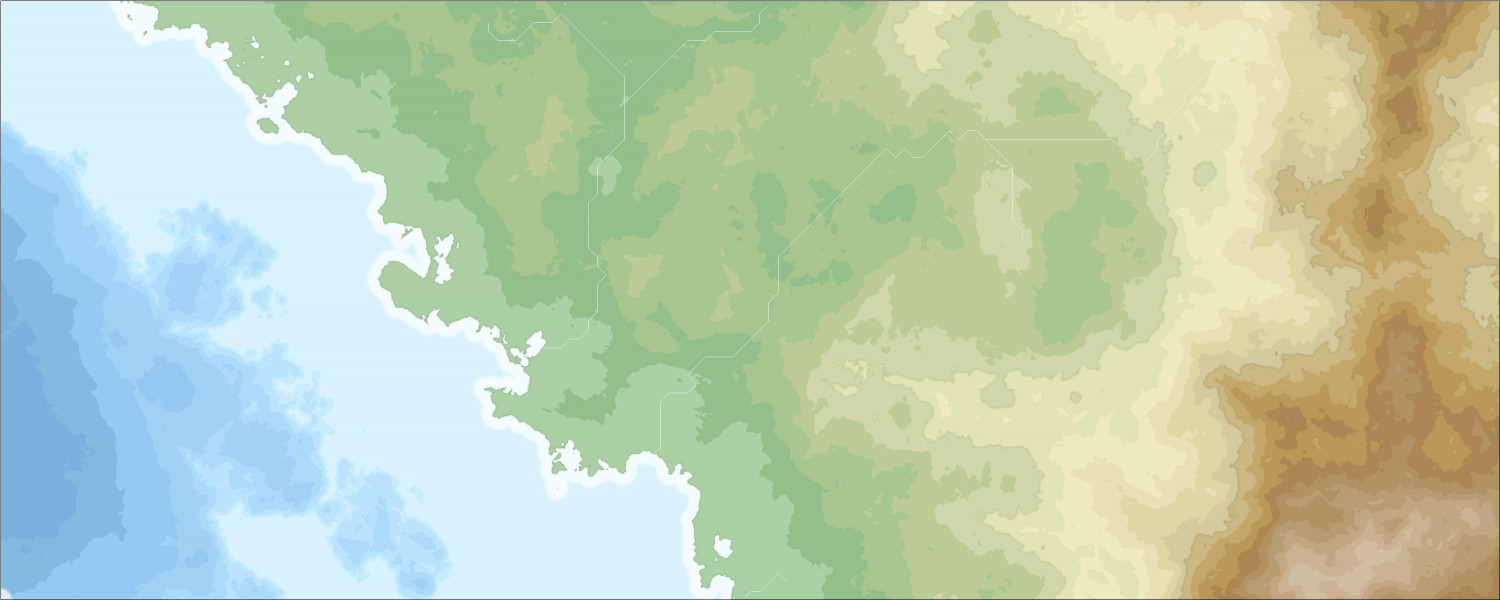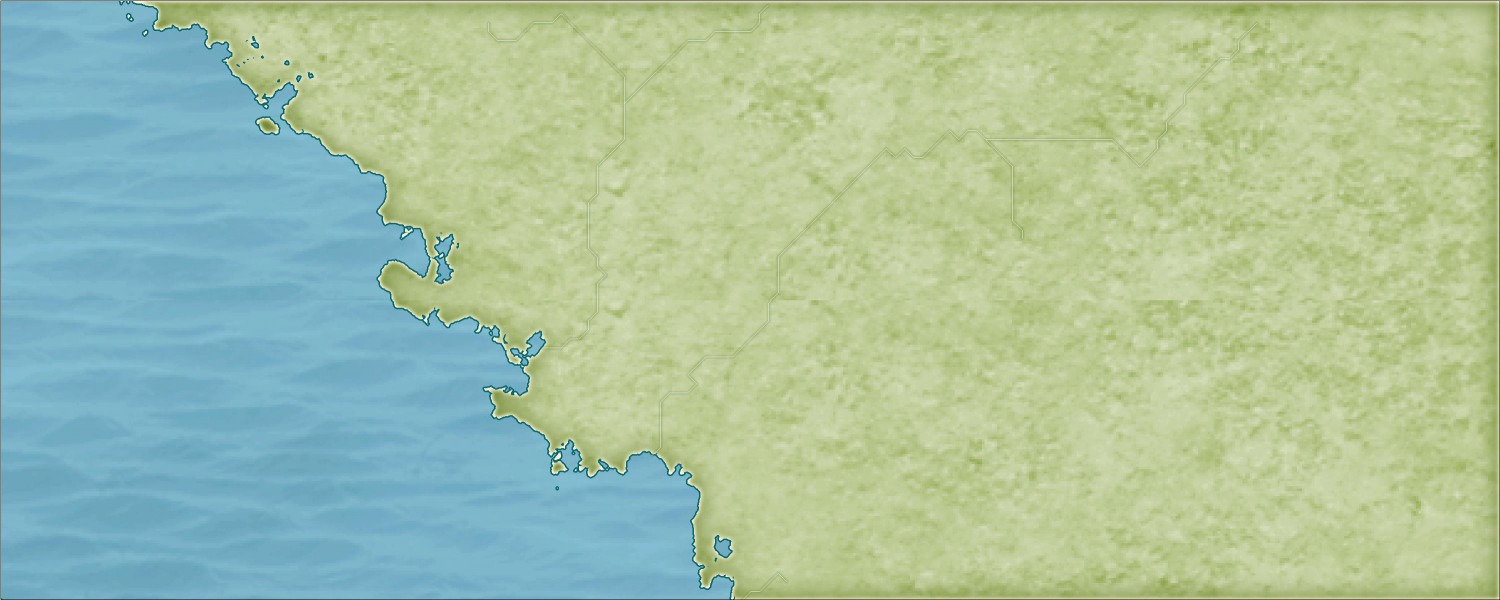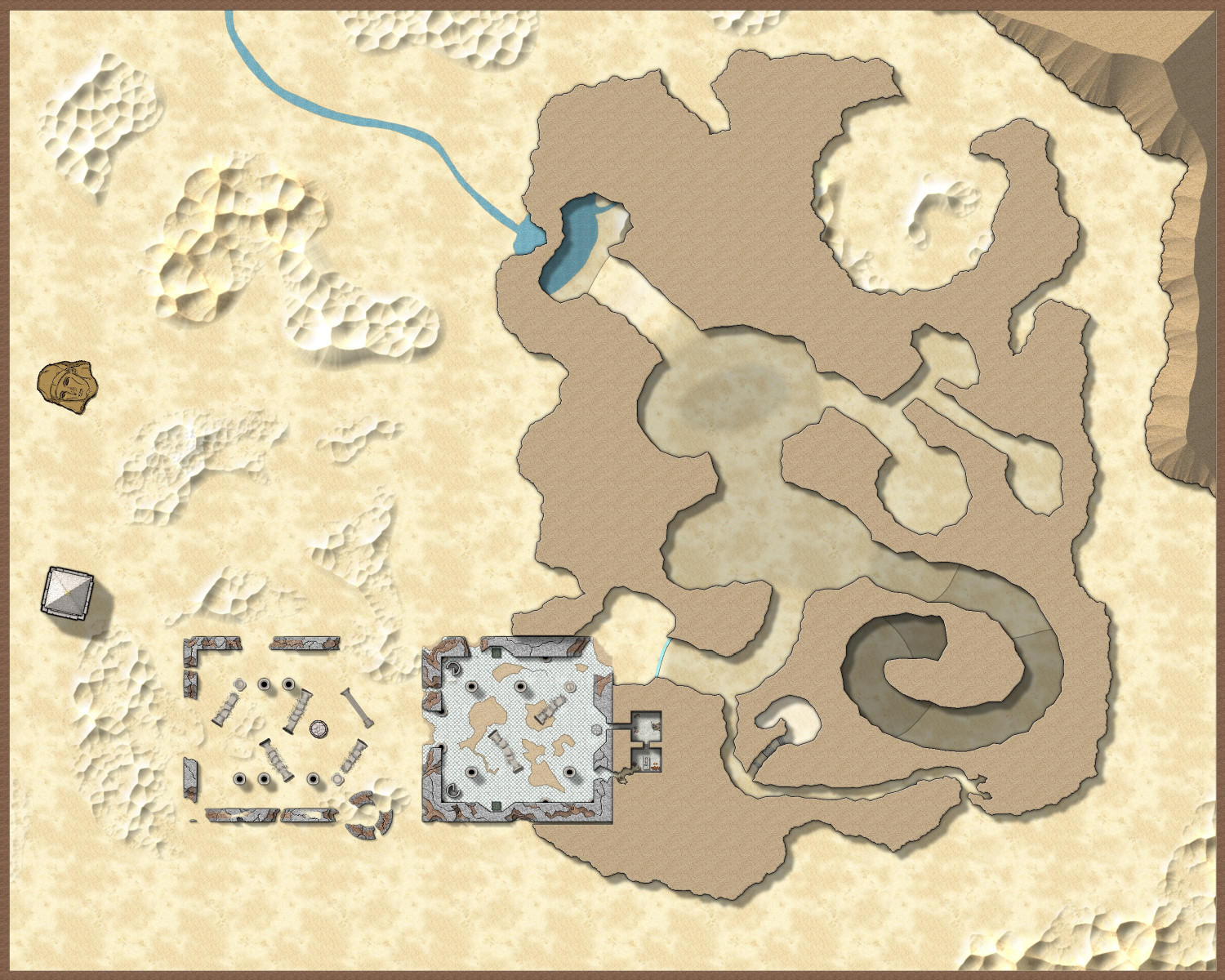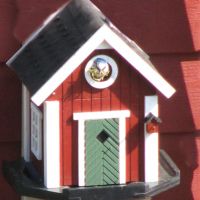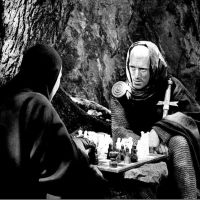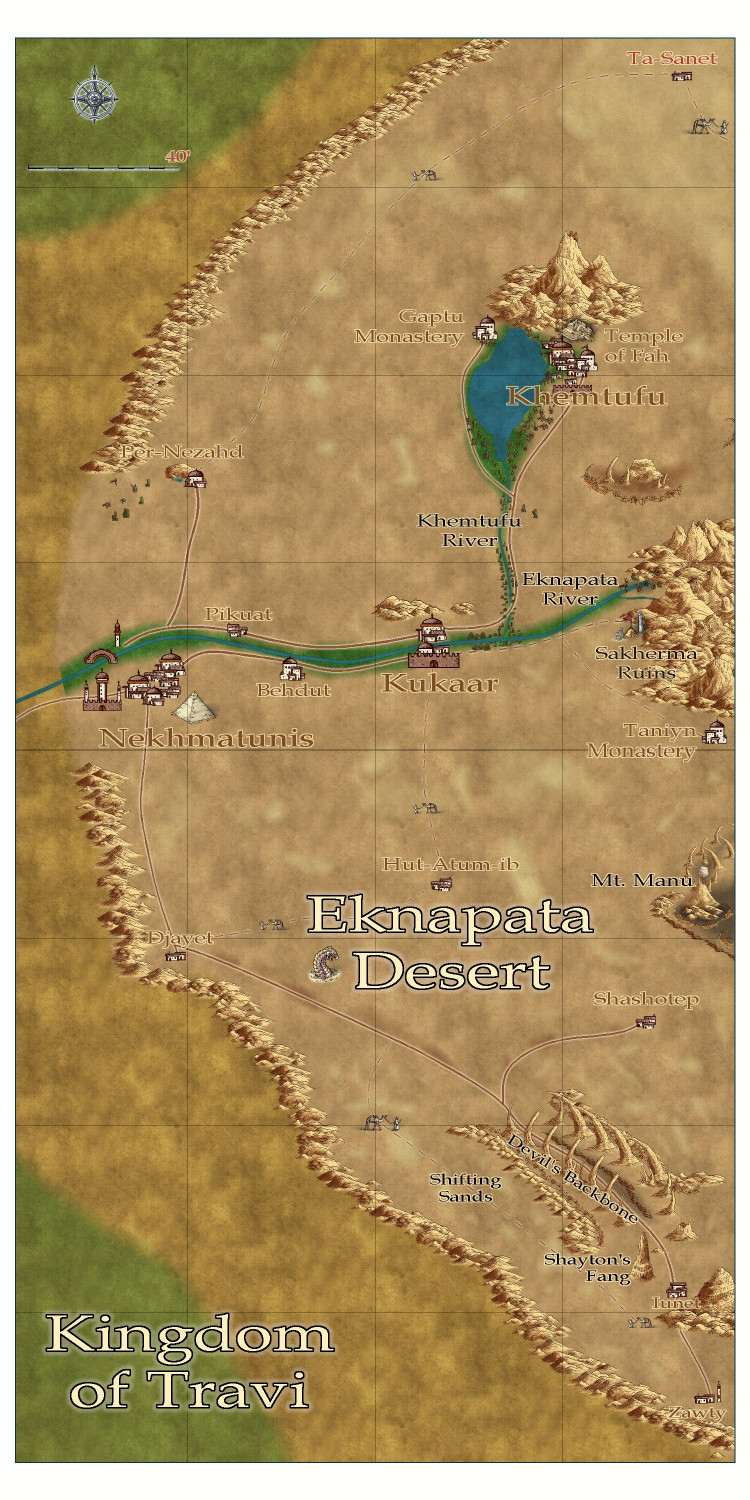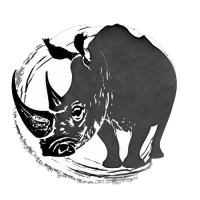Royal Scribe
Royal Scribe
About
- Username
- Royal Scribe
- Joined
- Visits
- 8,808
- Last Active
- Roles
- Member
- Points
- 3,198
- Birthday
- February 5, 1968
- Location
- San Francisco, California
- Real Name
- Kevin
- Rank
- Mapmaker
- Badges
- 16
Reactions
-
Atlas Submission: Doriant - Gold Coast - Tyr Alomere
Tyr Alomere Township
Tyr Alomere Township
Population: 1,259
Nestled in the foothills of Mt. Alomere, the sleepy village of Alomere was primarily notable for being a local lord’s vacation villa. Generations ago, it grew to become a prosperous, bustling town when the powerful wizard Marius built a mighty tower there for his retirement.
The wizard, now known as Marius of Alomere, quickly developed a prosperous business. Adventurers flocked to his tower to seek his counsel about their quests, and to purchase scrolls and potions that Marius and his apprentices created. The adventurers then returned after their quests to have curses removed and magical items identified.
Tyr Alomere Tower was later inherited by Marius’ daughter, a powerful wizard in her own right. She bypassed her own children to leave the tower to her most powerful apprentice, and thus began the tradition of keeping the tower in the hands of a mage.
The town grew to support the influx of visitors, with local retailers well-stocked in the supplies that many adventurers need.
1. Tyr Alomere Tower: The tower is the present home of Madeleine Eyraux, a mighty enchantress, and her husband. The grounds include a cottage where the staff live, and a barn where visitors can stable their mounts.
2. Villa Citri: The vacation villa for the Earls of Westford, Villa Citri is currently occupied by Lady Amfiri Prelcort, Dowager Countess of Westford, widow of the seventh Earl of Westford and mother of the eighth. The villa is known for its orchards of orange trees and its vineyards of wine grapes.
3. Town Hall: Virtually all government functions operate from the Town Hall, including registering businesses, paying taxes, and registering records of births, weddings, and deaths. Two courtrooms are also in the Town Hall, with one generally dedicated to criminal proceedings and the other for civil lawsuits.
4. Market Square: Local farmers and traveling merchants set up carts and stalls in the Market Square three days a week.
5. Merry Sprite’s Tavern: The tavern does a bustling business every night of the week, catering to travelers and locals alike. On many nights, minstrels and bards passing through may be found performing for a few extra coins.
6. Draper/Mercer: Customers can buy bolts of fabric as well as items of clothing here.
7. General Store: In addition to selling foodstuff, the store is unusually well stocked for the typical items needed by adventurers, including torches, lamp oil, and simple tools.
8. Butcher/Fishmonger: In addition to selling fresh meat, jerked meat preserved with salt is available for sale to adventurers.
9. Apothecary: Herbalism and medicine kits are available here, as well as basic ingredients for simple potions. For more exotic ingredients, adventurers will probably have to find a larger city or perhaps go on a quest to find them. The apothecary may have simple, common potions for sale, but the availability is erratic based on what they have been able to purchase from adventurers passing through.
10. Tailor: For the mending and sale of clothing.
11. Cobbler: For the mending and sale of shoes and boots.
12. Jeweler: The jeweler buys and sells both jewelry and individual gemstones. A town this size normally would not be able to sustain a business of this nature, but the wizard’s presence has brought in a lot of travelers with loot to sell, as well as spellcasters who need specialty items for their more complex rituals.
13. Bakery: For the sale of fresh bread, pastries, cakes, and pies.
14. Scrivener: This is another business that is unexpected in a town of this size. In addition to being able to transcribe and notarize documents, the clerks who work here can sell parchment, ink, and books with blank pages suitable for use as a spellbook.
15. Blacksmith: Like most village blacksmiths, the smiths here spend a fair amount of time making horseshoes and making and repairing farm tools. Although they tend not to make arms and armor, they are trained in repairing them. From time to time, they may have armaments for sale that have been purchased from adventurers who have upgraded their equipment.
16. Kotaran Monastery: The Kotaran faith is as much a philosophy as it is a religion. Followers believe that there is strength and power when the universe is balanced, and that that most things in nature are symmetrical for a reason. Kotaran Monasteries are famous for providing support for travelers. Its knights help keep the roads safe from bandits, its priests tend to the injured and sick, and its temples serve as moneylenders and banks in many communities. Adventurers will be able to exchange exotic coins here, and may be able to deposit their excess gold for safekeeping.
17. The Golden Griffon Inn: The inn does a brisk business catering to travelers who seek an audience with the mage. Like at the Merry Sprite’s Tavern, traveling minstrels and bards will often be found performing here in the evenings.
18. Guildhouse: The various merchant guilds share this space for their meetings.
19. Community Baths: Free restrooms and bathing facilities are available for all as a means of controlling the spread of diseases. For those willing to spend a little coin, more luxurious bathing options are available.
20. Public School: The school provides basic reading, writing, and arithmetic instruction for the children of the town and nearby farms. Some will also attend classes at one of the local temples for religious instruction.
21. Tanner: Leathergoods are made, mended, and sold here.
22. Watermill: Locals will bring their own grain here to grind for a small fee, or may purchase ground grain from the miller.
23. Theosi Temple: This Greco-Roman style temple is for the worship of the eight greater gods and twelve lesser gods of the Theosi faith. As with the Kotaran Monastery, the temple has a small medical facility to tend to the injured and the sick,
24. Áes Camáir Temple: For the worship of the five primary gods, the Children of Dawn, and their descendants. Like the Kotaran and Theosi temples, the church has a small medical facility.
25. Town Watch & Jail: The town watch is headquartered here. A basic jail is used to hold prisoners awaiting trial in the courthouse. Those sentenced to longer incarcerations are generally transported to a bigger city to serve their sentence.
26. Summit Stairs: This tower is home to a spiral staircase that allows ascent to the top of the cliffs, and to the observatory housed there.
27. Observatory: Scholars visit from far and wide for the opportunity to study the heavens through the observatory’s rare and valuable lens.
28. Waste Management: The town’s complex sewer systems converge here, where a giant pit allows for the disposal of other forms of rubbish. Captured gelatinous cubes and black puddings are used to dispose of the town’s waste.
-
[WIP] Inside the Temple of Fah
Level 12
The Temple of Fah is also a repository for a great number of religious and government documents. Many of them are mundane and boring: records of flood patterns and agricultural yields, of famine and other disasters. Vital records for the population: records of live births, marriages, and deaths. Historical accounts of the pharaohs and their accomplishments, and of great wars and battles. Bestiaries, zoological treatises, and other studies of the natural world. Transcriptions of religious documents. Every official government and religious document is stored in the temple, along with a great many other written works.
On Level 12, the senior scribes have private offices to do their work and manage the work of junior scribes in the levels below.
Level 11
On this level, there are six libraries, each equipped with rows of bookcases and numerous desks for junior scribes to maintain records and transcriptions.
Level 10
Level 10 has three shrines to different gods of the pantheon. These shrines may be visited by the pharaohs, top nobles, and senior government officials, but not the general public.
Level 9
Level 9 has two shrines to different gods, and a small room for priests to get ready. Most of the level, however, is occupied by the top third of a massive circular room dedicated to semi-private religious ceremonies such as coronations and royal weddings. At the cardinal points of that chamber, this level has 10-foot wide balconies (with railings) to look down upon the religious practices below.
Level 8
This level has five shrines to the gods. Although the great religious hall described above cuts through this level, there is no access to it from Level 8.
Level 7
This is the main level that non-priests are allowed to enter. It has four entrances from the first landing of the ziggurat (where, outside, there are also four more entrances that descend to Level 6). The central chamber is the 28-foot-high chapel where coronations, royal weddings, state funerals, and other religious ceremonies for the powerful elite are held. Three connected chambers are shrines to the three-part triplet god, with a fourth unconnected shrine dedicated to their mother, the feline-faced cat goddess. Two other chambers are used for the priests to dress or prepare for religious services, or for elite guests like the pharaoh to wait in privacy.
From here we can descend to the tombs in the lowest third of the temple.
-
[WIP] Inside the Temple of Fah
A few months ago, I posted the Temple of Fah, a ziggurat I created to play with the CA209 Stairs and Steps annual. At long last, I have finally designed the interior.
I know this map is ridiculous. Egyptian pyramids only had a handful of rooms for the tombs of a pharaoh and their treasure. Sumerian ziggurats also only had a handful of interior chambers. But I decided to go whole hog and create a sprawling interior complex reminiscent of the classic dungeon crawls I first experienced with D&D in the early 80s. (My first introduction to the game was December of 1979.)
Here’s a side view of the exterior to give you a sense of the entrances:
There are two landings before reaching the very top of the ziggurat. The first is on level 7, standing on the roof of level 6, and the second is on level 13, on the roof of level 12. The entrances on each landing are to the left and right of the exterior stairs continuing up. The 10 feet wide doors are designed to be concealed for aesthetic purposes, blending in with the side of the ziggurat when shut, but they aren’t exactly hidden or secret.
The landings divide the ziggurat into three sections. The top-most section is primarily used by priests and religious leaders. The middle section has chapels and shrines that the royal family, wealthy nobles, and elite government workers are invited to for private religious celebrations, including weddings and coronations. The general public is never invited inside. Instead, religious leaders stand on the first landing of the temple to lead the masses gathered before the temple in their religious ceremonies. The lowest section contains the tombs of great pharaohs and powerful religious leaders.
I decided to design the interior rooms and passageways using the color key knockout effect that @amerigoV describes in this thread. The walls are granite from the CA149 Beaumaris Castle annual. Most of the other fills and symbols come from the CA150 Ancient Tombs annual.
Here’s an example of a level with the effects turned off:
Each level of the ziggurat is 10 feet above the level below. The rooms and passageways inside are mostly 8 feet high, leaving two feet of stone for the ceiling (or the floor for the level above).
Let’s go inside!
-
[WIP] Community Atlas Competition - Artemisia - Verinress Arl - Fon'Anar
Here's a version with a darker red:
And here's a version where I tried lighter text on a darker background. (The white ones at the end are the only ones that really work.) For this one, I moved the text to a different sheet so I could turn off the white glow that just made it look bolded in a way that made it harder to read.
-
[WIP] Duchy of Achalus (Fantasy Realms Reimagined)
I was going to render a part of my Fractal Terrains campaign world in the new Sarah Wroot Revisited style, just to play around with the new style, but I decided to wait until Ralf has a chance to do a tutorial first. In the meantime, I went back to the January 2024 annual that I never really played with, Fantasy Realms Reimagined, to try it with that.
I was going to render the Republic of Lumadair area of my map that I have done before in the Parchment Worlds, Jerion Shading, and Mike Shley styles, but I decided that it was too massively oversized for this style. Those maps are 6,109 by 2,445 miles! (I think we calculated that Lumadair is slightly smaller than Australia, and the map includes part of the mainland continent of Lenoch, which I wanted to include to be able to do more mountains and rivers.)
So I picked a prominent river in the main kingdom I am developing, the Achalus River, and decided that it would run through a duchy named after the river. This is a much smaller map than Lumadair, but it is still 1,343 by 537 miles.
Anyway, here is the Fractal Terrains output in both the Jerion and Schley styles, just for frame of reference:
And here is what I did in Fantasy Realms Reimagined:
I copied over a mid-level elevation contour from the Jerion export to serve as a temporary drawing guide for the hills, and then another higher elevation as a temporary guide for the mountains. This style doesn't actually have a hills or mountains background the way the Schley style does (I mean, it does, but just for the individual hill or mountain itself: it renders onto a layer for the hill or mountain itself, with the ridge lines going on another layer). But I decided it was helpful as more than just a drawing guide, so I changed the hill background to brown and the mountain one to gray, put them on separate sheets, and added Edge Fade and Blur effects.
The coast looks blurry, but that's just because the map is so large. Here's how it looks zoomed in (it has a bevel effect on the LAND sheet instead of having a separate outline on a Coast sheet):
Even though I labeled this post as a Work in Progress, I probably won't do much more on this particular map. We'll see how much more I do when I have a chance to revisit it with the Sarah Wroot Revisited style. I may end up adding all the extra stuff when I flesh out the entire kingdom, which I suspect I will do in the Mike Schley style. This was just for fun and practice -- and it gave me a chance to use a style from this year's annual that I haven't really worked with before (other than using the hills in a back-burnered rendering of the Wizard of Oz map that I'm working on).
-
[WIP] - Sakherma Ruins
Here's what it looks like with those new sheet effects. I can add more dunes as well -- either a few big ones, or more smaller ones? Also, I may have attached the wrong FCW file before.
-
[WIP] Community Atlas - Eknapata Desert
Okay, here's the next iteration.
I tried to use blotchy lighter sands to suggest sand dunes, like the Sahara Desert, and darker blotches to show more solid, earth-packed areas. Not sure if I should try to get them to blend in more with a partial transparency or something?
Tried to make the roads show up a little more, but I can't tell if it was that successful. I liked the idea that the guys with the camels could be used on the trails roads to indicate that it was more of a general route through the sands, where most travelers would need an experienced guide to make sure they don't get lost, since a proper road would be blown away or covered with sand. There is a more treacherous area in the southern part of the desert called the Devil's Backbone, where a proper road on more solid land passes next to a 50-mile long fissure. It's a dangerous route, beset by foul creatures that creep out of the fissure, especially at night. But the road is on solid land, and without a guide, it might be a safer route than braving the shifting sand dunes. (I put a tower next to one of the villages down there -- maybe a wizard is there that the adventurers just have to visit?)
Thoughts?
-
Atlas Submission: Doriant - Gold Coast - Tyr Alomere
The basement of the villa.
Toggles
FURNACE ROOF layer to hide/display the roof over the furnace
FLOW ARROWS layer to hide/display arrows showing direction of hot water, cold water, and warm air
PARCHMENT layer to hide/reveal the layer of parchment that provides a sort of sepia filter over the outdoor areas.
TEXT LABELS (NUMBERS) layer to hide/display the numbered labels.
TEXT LABELS layer to hide/display the legends describing the labeled numbers.
Files
Description
The basement of the Villa Citri and its estate.
Villa Basement
1. Villa Fountain
The base of the fountain in the villa’s peristylium courtyard, with water pipes to keep it filled even in the dry months, and a drain valve to empty the fountain for maintenance.
2. Villa Impluvium
The base of the villa’s impluvium.
3. Heating Caliduct
Heat vent brings hot air from the hypocaust to the upper levels of the villa.
4. WC Shaft
Shaft brings waste from the lavatories to the sewers.
5. Water Well Shaft
Pipes bring river water to the upper floors of the villa.
6. Cella Vinaria
The villa’s wine cellar.
7. Horreum
A storage room.
Balneae Basement
8. Frigidarium
The lower portion of the cold-water pool, with the pipes to bring water in and the release valves to drain it when necessary.
9. Caldarium
The lower portion of the hot-water pool, with the pipes to bring water in and the release valves to drain it when necessary.
10. Tepidarium
The lower portion of the warm-water pool, with the pipes to bring water in and the release valves to drain it when necessary.
11. River Water Pipe
Water piped in from the river.
12. Cold Water Tank
River water is piped to this massive tank to provide water for all of the villa’s operations.
13. Hot Water Tank
River water heated by the hypocaust is stored here to provide the villa and bathhouse’s hot water needs.
14. Sudatorium Steam Vent
This vent provides hot steam to the steam sauna above.
Hypocaust
15. Praefurnium
The wood-burning furnace used to provide hot air and water for the villa and the bathhouse.
16. Furnace Chimney
The chimney to vent the hypocaust’s smoke.
17. Firewood
The hypocaust naturally needs an endless supply of firewood to keep air and water hot.
18. Alveus
The hollow space beneath the building's floor, where hot air from the hypocaust circulates.
19. Pilae Stacks
These are the small pillars of tiles that support the raised floor above the hypocaust, creating the space for hot air to circulate.
20. Cold Water Pipe
Pipes bring cold water throughout the bathhouse and villa.
21. Hot Water Pipe
Water heated by the hypocaust.
22. Hot Air Pipe
Hot air from the hypocaust used to heat the bathhouse and the villa.
23. Hypocaust Controls
A complex series of controls allows water pipes and heating caliducts to be opened or shut as needed, either for maintenance or when warmer weather precludes the need for heated floors.
24. Drain Valve
Used to drain water from pools directly into the sewers.
25. Sewers
Stairs that descend into the portion of the municipal sewers that services the villa.
-
Community Atlas submissions: the Gold Coast (Doriant) and areas within it
I am ready to submit the FCW for the Eknapata Desert for the Atlas, knowing that it won't be processed until after the contest ends (though it is a parent map for a village I am submitting to the contest).
Here is the FCW, along with a PDF Description and a plain text file (with accents replaced with standard ASCII characters).
-
The Sola System: Adnati's star and celestial neighbors
Made some changes. Scaled the starfield background per Ralf's tip. Moved the asteroid belt to the Inner System where it could be showed off more dramatically. Added a comet zone in the Remote System, using comets from CA80 HighSpace Star Systems. Changed the glow on the wormhole to a light blue so it would pop more. Decided to add some intrastellar jumpgates (like man-made wormholes) within the solar system, and for those I used Singularity symbols from CA80. And since I was already dipping into that annual anyway, I decided to swap out the planet symbol for the Jupiter-like planet Lythí and replace it with a planet symbol with rings from CA80.




